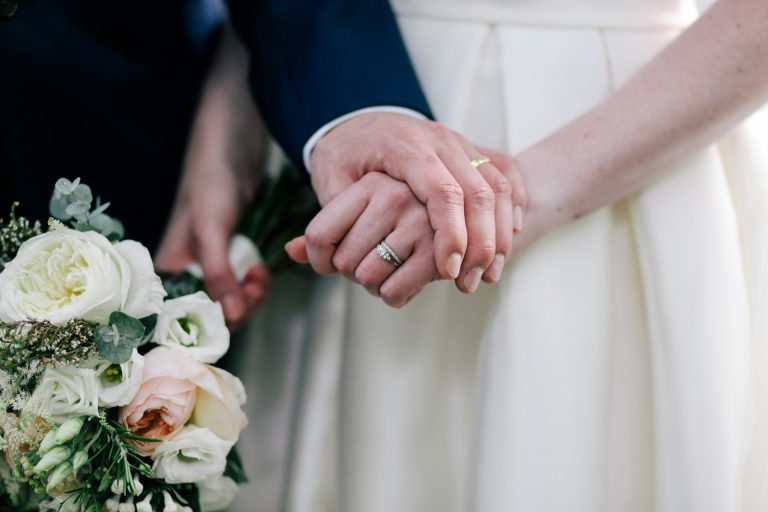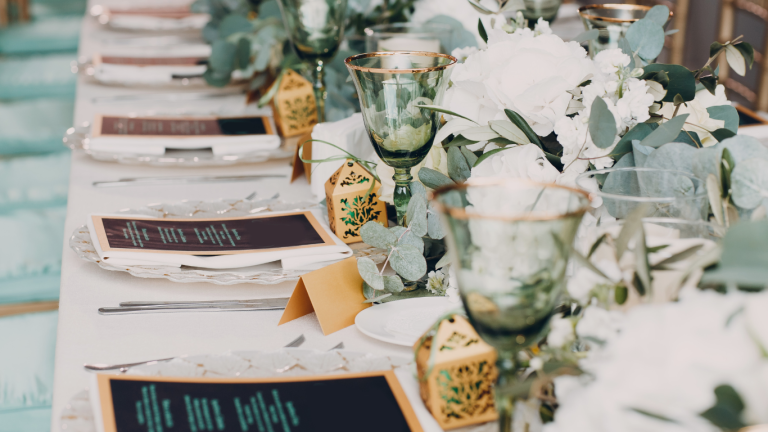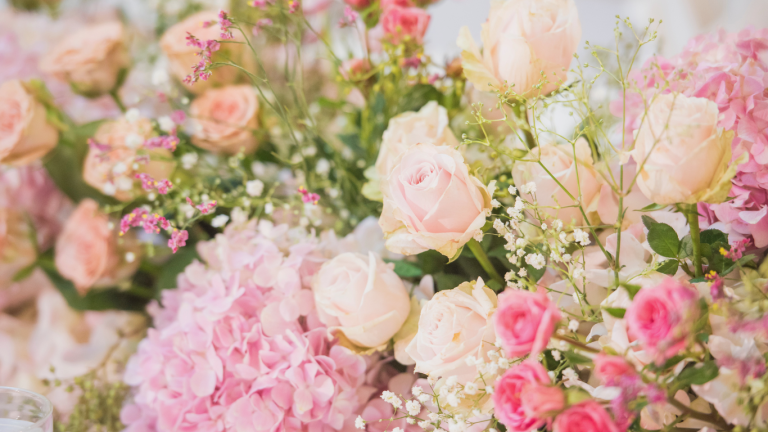Few places in South Africa can match the romantic allure of Stellenbosch. With its rolling vineyards, mountain views and old-world charm, the Cape Winelands town has become one of the country’s most sought-after wedding destinations. Whether you dream of exchanging vows in a centuries-old chapel, under a canopy of oak trees, or beside a sleek glass pavilion, Stellenbosch offers a venue for every kind of love story.
Here are some of the most enchanting wedding venues that promise a perfect blend of luxury, nature and South African warmth.
Zorgvliet Wines: Romance in the Valley
Hidden in the Banghoek Valley, Zorgvliet Wines feels like a fairytale come to life. Framed by the Simonsberg and Drakenstein Mountains, this wine estate pairs breathtaking views with understated elegance. Couples can say their “I dos” in a charming chapel before moving to The Oak Room for a refined reception, complete with vineyard views and soft candlelight.
The nearby Country Lodge sleeps 36 guests, making it easy for loved ones to linger for a weekend of celebration. From picnics on the lawns to sunset braais under the stars, Zorgvliet knows how to turn a wedding into an experience.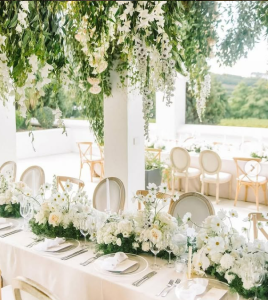
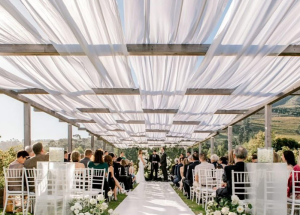
 Image Sources: Zorgvliet Wines
Image Sources: Zorgvliet Wines
Eikenhof Estate: Where Nature Meets Style
Situated just off Bottelary Road, Eikenhof Estate offers a tranquil escape while remaining close to Stellenbosch, Brackenfell and Kuilsriver. The venue’s Cap Classique Hall combines rustic charm with modern touches—wooden pergolas, natural stone walls, chandeliers and a warm indoor fireplace.
The lawn and patio area are perfect for cocktails or a marquee-style celebration, while the on-site manor and guest villa make it ideal for multi-day festivities. As locals say, Eikenhof blends “nature and perfection” in the most effortless way.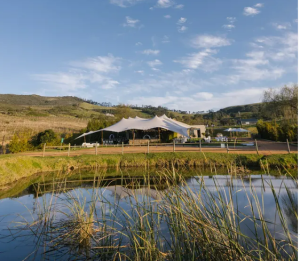
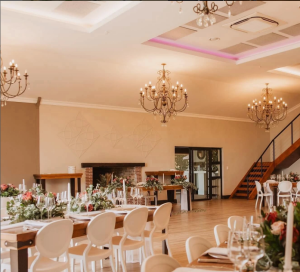 Image Source: Eikenhof Estate on Instagram
Image Source: Eikenhof Estate on Instagram
Landtscap: A Modern Canvas in the Winelands
For couples craving a contemporary touch, Landtscap offers a light-filled venue overlooking the vineyards and mountains. The floor-to-ceiling glass windows frame 180-degree views, ensuring nature remains part of the décor.
The venue can host up to 190 guests and provides stylish designer tables, crystal glassware, and oak furnishings. With multiple spaces—including ceremony lawns and decks—it’s an adaptable venue for couples who want a bespoke celebration. The on-site accommodation, Fransmanshuijs and Fransmans Cottage, add a touch of luxury with wood-fired hot tubs and panoramic patios—perfect for pre-wedding relaxation.
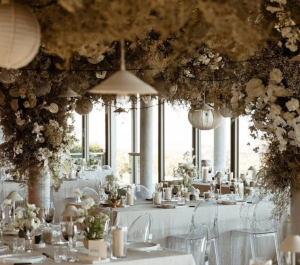

 Image Source: Landscapt on Instagram
Image Source: Landscapt on Instagram
Highberry Vineyards: For Lovers of Privacy and Beauty
At Highberry Vineyards, nature takes centre stage. The 60-hectare farm sits among lakes, paddocks and the Hottentots Holland Mountains, offering endless backdrops for photos. Known for restoring 12 hectares of indigenous Renosterveld, Highberry radiates a sense of peace and authenticity that’s hard to find elsewhere.
Couples love the venue’s intimacy, with its elegant farmhouse and manicured gardens serving as the perfect bridal prep space. It’s a favourite among nature-loving couples who want an eco-conscious yet luxurious wedding.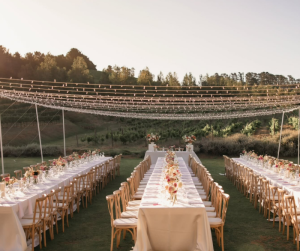

 Source: Highberry on Instagram
Source: Highberry on Instagram
Middelvlei Wine Estate: Authentic Stellenbosch Charm
Family-owned since 1919, Middelvlei Wine Estate brings a timeless warmth to any celebration. Just 4km from Stellenbosch town, this working wine farm exudes old-world charm with its rustic Wine Barn that accommodates up to 120 guests.
Known for hearty South African dishes, fine wine, and genuine hospitality, Middelvlei’s relaxed atmosphere captures the heart of the Winelands. For smaller weddings, the Barrel Cellar offers an intimate space that feels both romantic and real—a place where stories are made to last generations.
Cultivar Guest Lodge: Elegant Simplicity
Nestled in the heart of the Winelands, Cultivar Guest Lodge offers couples the flexibility of hosting both ceremony and reception on-site. Whether you choose a garden ceremony by the pool or a reception in the elegant Napoleon Hall, every detail is curated to suit your style and budget.
With a focus on stress-free planning, Cultivar’s in-house team can handle everything from décor and catering to sound and photography. The panoramic mountain views from the balcony seal the deal for couples seeking an intimate yet unforgettable setting.
Hazendal Wine Estate: Grandeur Meets Modern Design
Blending history with innovation, Hazendal Wine Estate is one of Stellenbosch’s most versatile wedding venues. Each space offers its own character—from the ethereal Floating Pavilion set on a pond to the sophisticated Grand Hall that can host 250 guests.
Couples can also exchange vows in The Glasshouse or celebrate outdoors on The Lawn with mountain views. The estate’s boutique hotel, The Hazendal, adds a luxurious stay for guests, while the estate’s mix of architecture, art, and fine dining creates a truly world-class experience.
A Winelands Fairytale Awaits
Whether your heart leans toward modern minimalism, rustic romance, or classic elegance, Stellenbosch’s wedding venues promise something unforgettable. Each estate tells its own story—a story of heritage, landscape and love.
As one recent bride shared on social media, “There’s something magical about saying ‘I do’ where the vines meet the mountains—it’s the kind of beauty that stays with you forever.”
So, as you plan your special day, remember: in Stellenbosch, love isn’t just celebrated—it’s beautifully cultivated.
Featured Image Source: Matthias Wesselmann on Unsplash


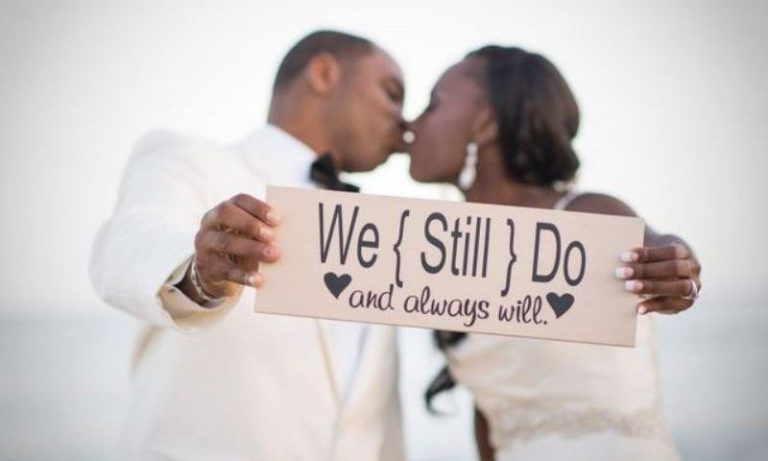
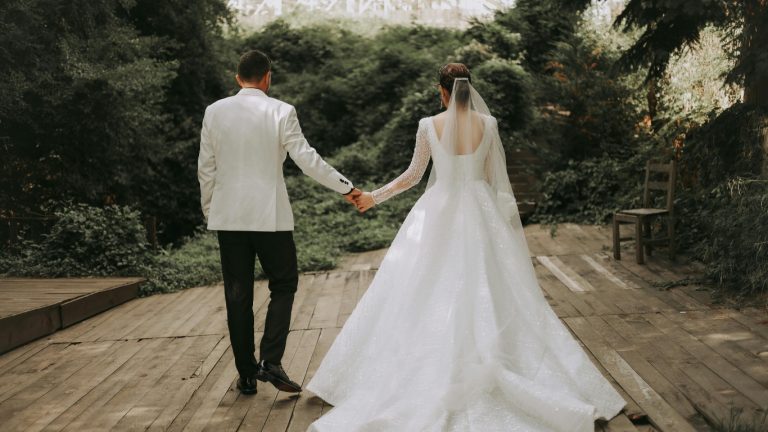



 Source:
Source: Source:
Source:  Source:
Source:  Source:
Source:  Source:
Source:  Source:
Source:  Source:
Source:  Source:
Source: 
 Source:
Source: 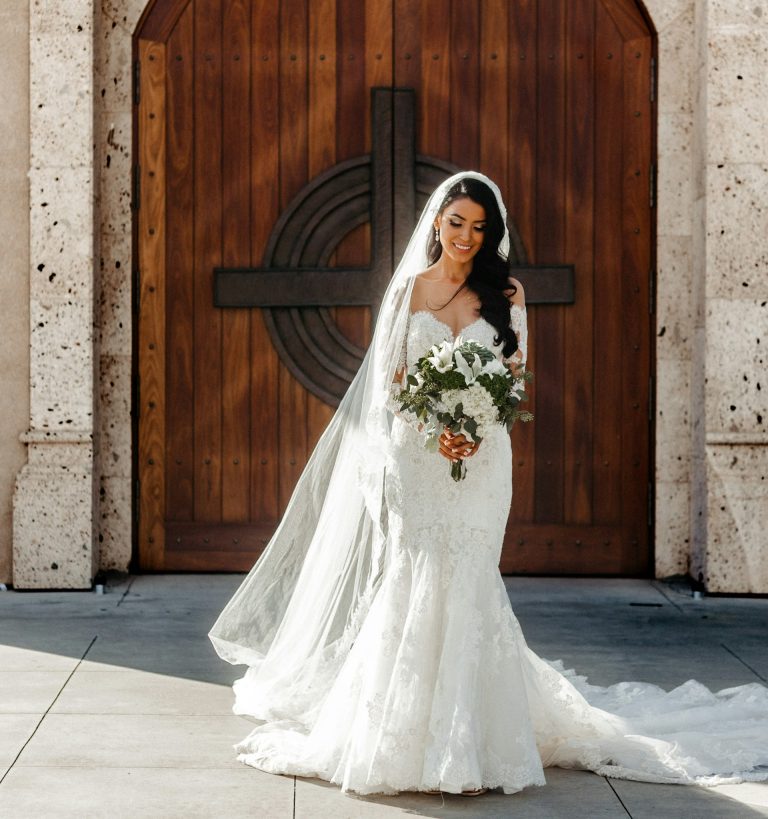
 Source:
Source:  Source:
Source: 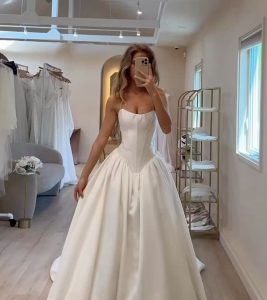 Source:
Source:  Source:
Source:  Source:
Source:  Source:
Source: Source:
Source:  Source:
Source:  Source:
Source:  Source:
Source:  Source:
Source: 
 Source:
Source: 
